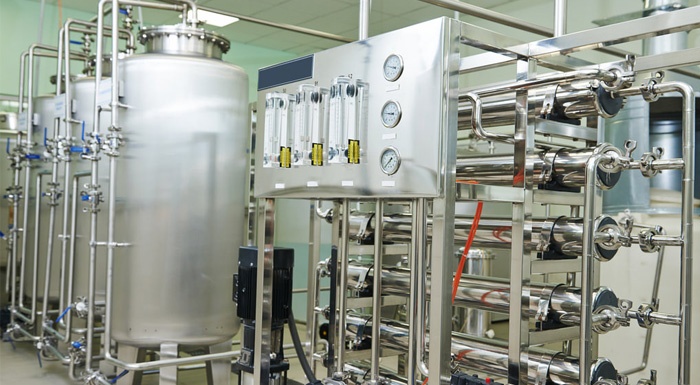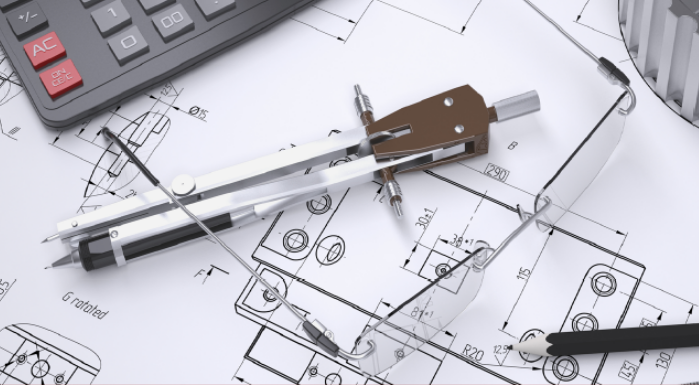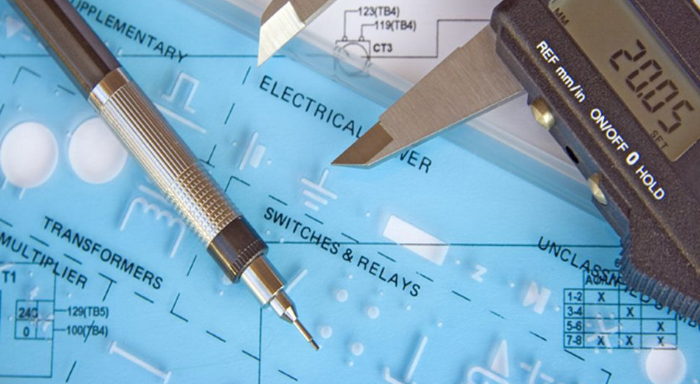
Competition and the level of innovation in the playing field of OEM developers have increased over the last decades. Players from low-cost countries such as China are responsible for the fact that they have to develop at minimal integral costs. This confronts them with several strategic challenges that make it more difficult for OEM developers to survive. This article discusses a solution to the strategic challenges of OEM developers.
Which challenges are OEM organisations confronted with?
Dutch OEM developers choose for specialisation. With ‘low volume, high diversity’ they develop unique designs for unique products. But because of increased competition, this will not be enough.
In order to remain successful, OEM developers are confronted with the following challenges:
- Strengthening of the strategic position;
- Reduction of management costs;
- More productive organisation;
- Flexibilisation;
- Realising a short time-to-market.
This means that optimalisation has to take place across the full width of the chain and also that they should get rid of this unique approach of product development. The solution can be found in an integral design strategy. This strategy will bring together design, process and chain, and balance them.
The change to configure-to-order
An integral design strategy is especially reflected in integral designing of configure-to-order product families. Instead of engineering unique machines, one should switch to the production of standard components and modules. Client-specific machines are delivered by means of smart customisation. The advantages are a shorter time-to-market and a reduction by half of the costs towards the production of unique machines.
Still, OEM developers find it hard to make the switch from engineering-to-order to configure-to-order. The reason we hear often, is that in the case of customisation the OEM developer can distinguish himself from the competition. But because of high costs and long delivery periods it gets increasingly difficult to apply this strategy.
A standardised manner of working does not mean that distinction is no longer possible. By standardising the sizes of the modules and components and interfaces, a great many possible variations are formed. And of course, there will always be demand for customisation. Something that should be taken into account.
Process optimalisation
The change from engineering-to-order to configure-to-order also means that business processes should connect to that. This will bring about a reduction in errors and the optimalisation and automation of these processes will become easier. So the step to configure-to-order does not only offer advantages from the production but for the entire chain, including engineering, purchase, planning and logistics.
Consequences of engineering-to-order
OEM developers cannot pass on all their development work in the production chain to the module suppliers. This limits the design flexibility with as a result suboptimalisation of the design. OEM developers will therefore have to take control themselves in this or outsource this to system developers who have the necessary knowledge and expertise for an integral approach. Besides that, the OEM developer or system developer should have the right communicative skills in order to get all relevant parties involved in the chain in time. This will ensure that all processes in the entire chain will run smoothly.
Conclusion
In order to be able to fight off increased competition from low-cost countries, the switch from engineering-to-order to configure-to-order is the right solution. It provides optimalisation across the chain and this will lead to the lowest integral costs.
Contact us now for more information about the switch to configure-to-order.











